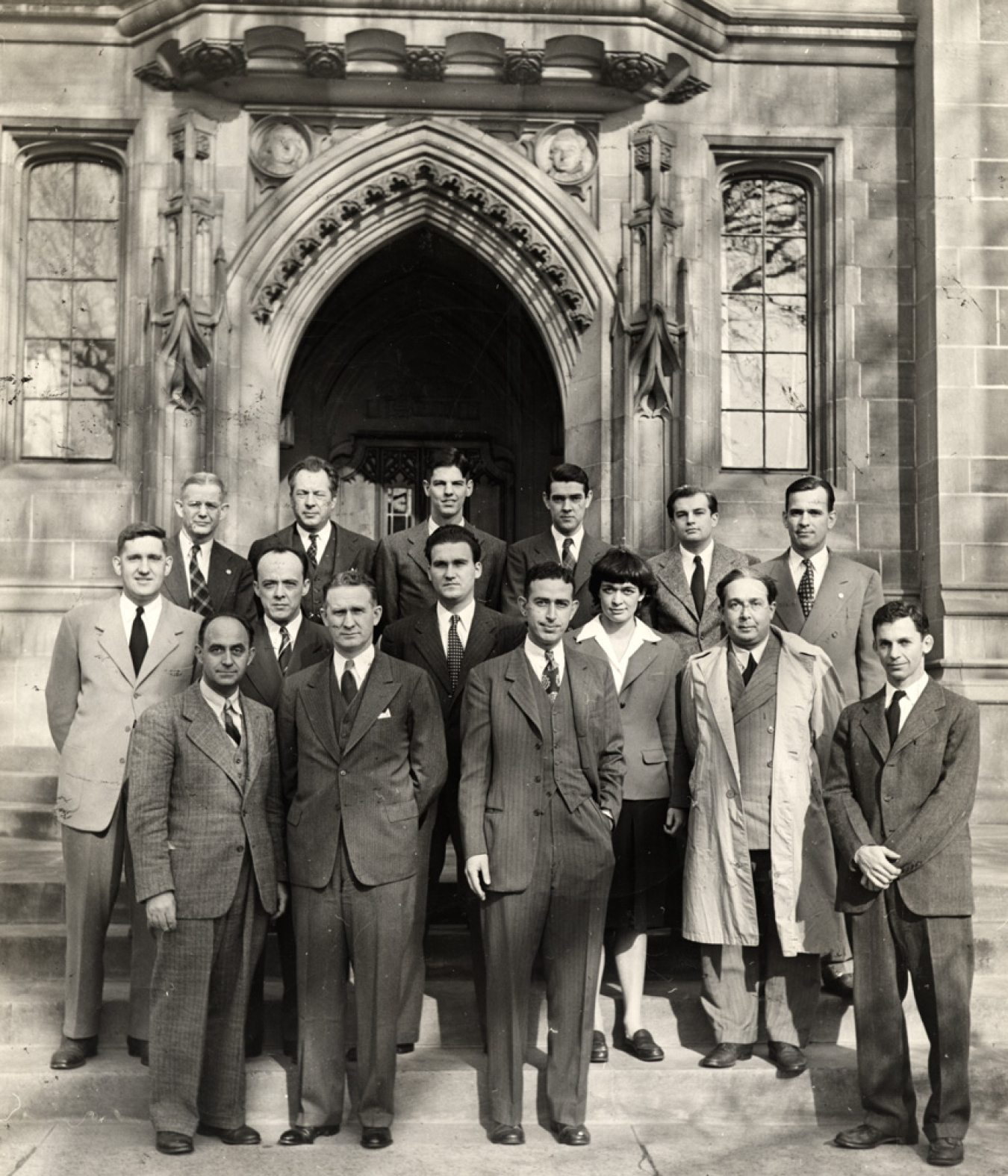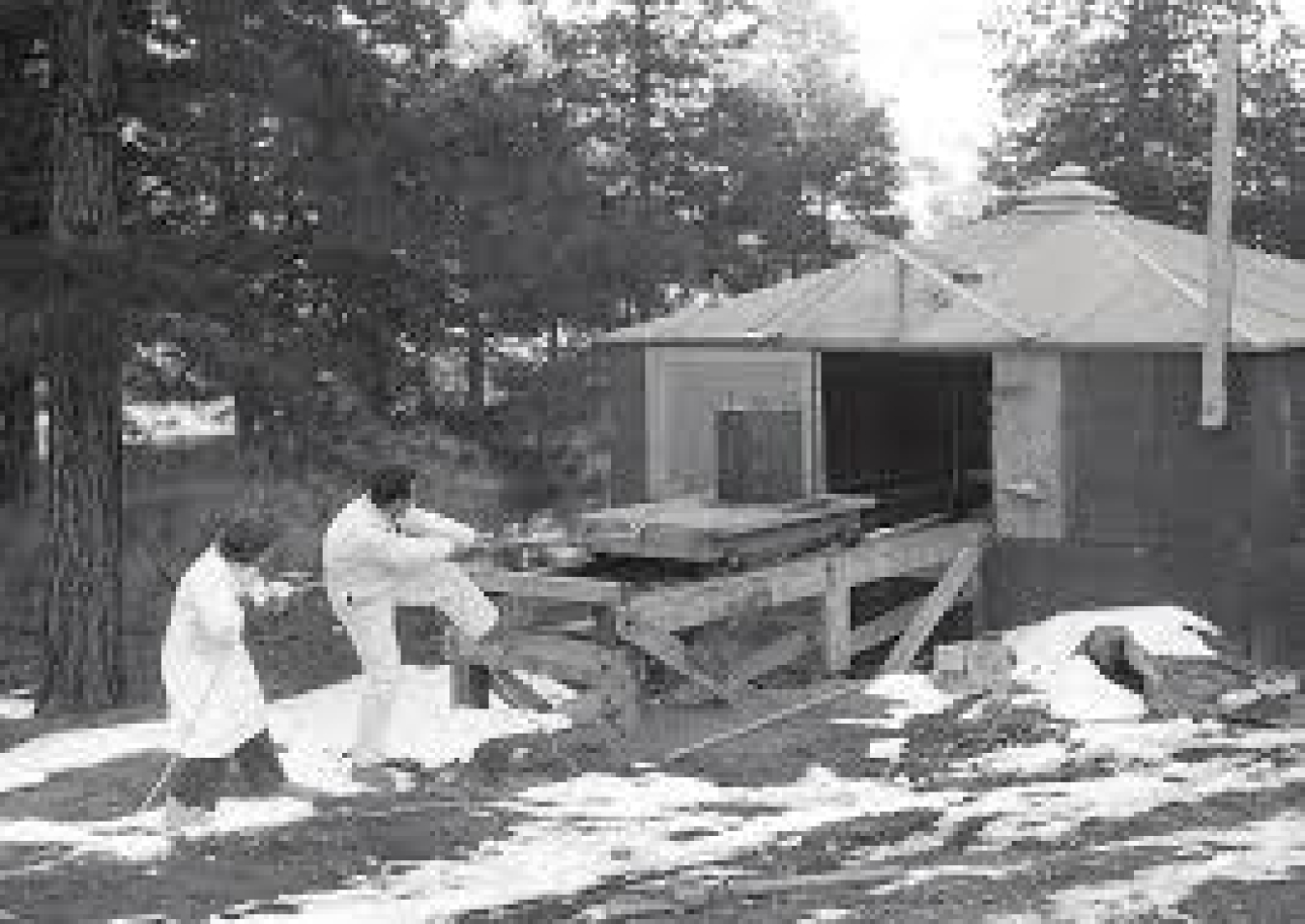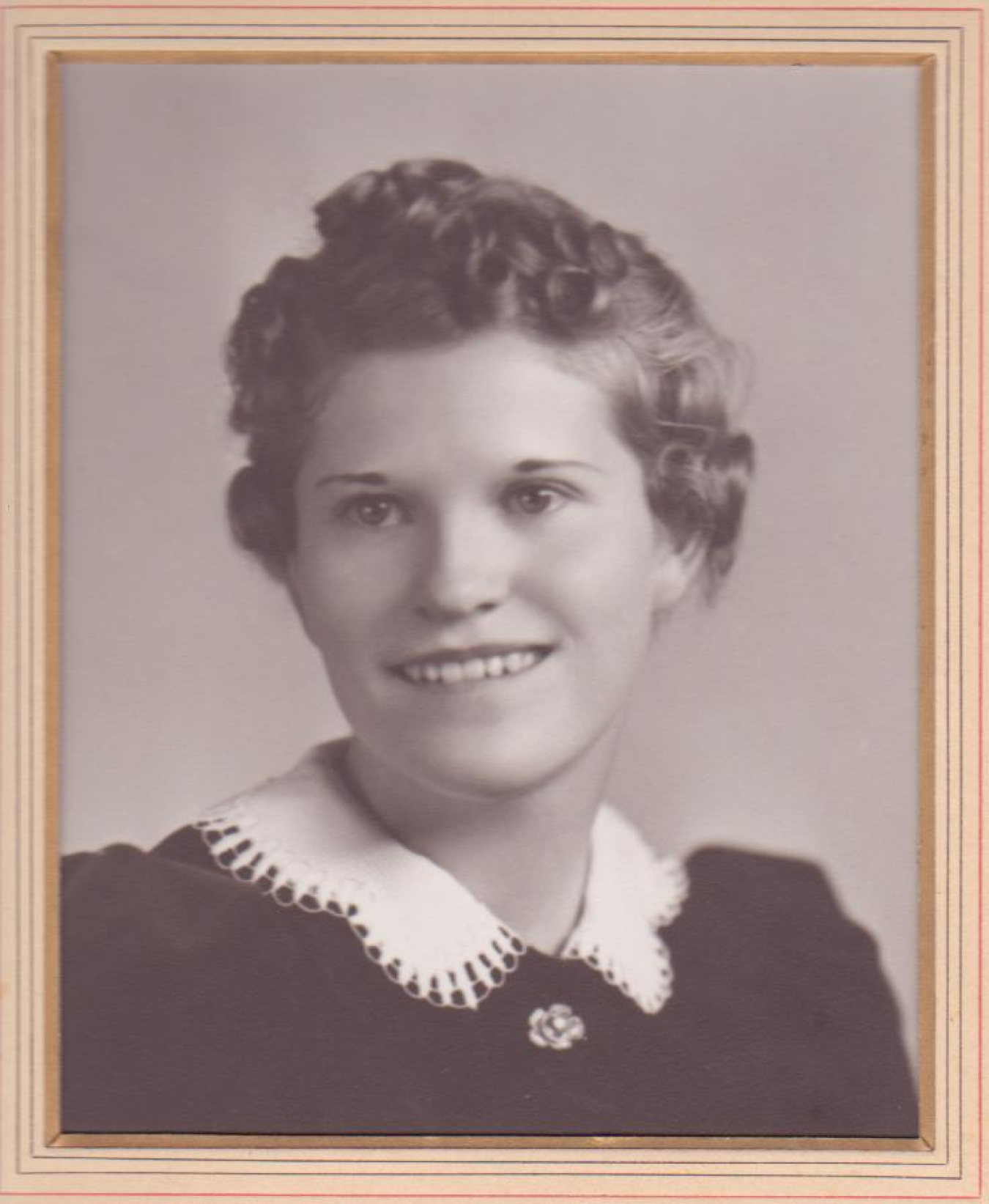In honor of Women’s History Month, LM is highlighting four women who worked on the Manhattan Project.
March 12, 2020In honor of Women’s History Month, the U.S. Department of Energy (DOE) Office of Legacy Management (LM) is highlighting four women who worked on the Manhattan Project.
Leona Marshall Libby

Marshall Libby (second row, second from right) with colleagues at the University of Chicago in 1946. (Photo courtesy University of Chicago Photographic Archive, Digital item number apf3-00232, Special Collections Research Center.)
At age 23, physicist Leona Woods, later known as Leona Woods Marshall and Leona Woods Marshall Libby, was the youngest and only female member of the team that built and experimented with the world's first nuclear reactor (then called a pile) in a project led by her mentor, Enrico Fermi. She was the only woman present when the reactor went critical. She continued to work with Fermi on the Manhattan Project to develop an atomic bomb. She helped solve a major problem at the Hanford plutonium production site and supervised the construction and operation of Hanford's plutonium production reactors.
After the war, Marshall Libby worked for several research institutions and universities and became a professor at New York University and the University of Colorado, researching physics, astrophysics, and cosmology. Later in life, she developed an interest in ecological and environmental issues and was a strong advocate for food irradiation as a means of killing harmful bacteria.
Norma Gross

(Photo courtesy Los Alamos National Laboratory.)
Norma Gross joined the Women’s Army Corps during the war to stay near her husband, who was in the Army and had been assigned to Los Alamos, New Mexico. A chemist by training, she was asked to contribute to efforts to assess the progress of the implosion bomb design. She helped design and test a system based on radiolanthanum. As an explosion compressed the core, the radiation of the gamma rays decreased. By detecting and measuring these rays, Gross and her team were able to verify the compression model.
In the image to the left, Gross and her colleague Gerhardt Friedlander move a kilocurie source of radiolanthanum from a storage shed in Bayo Canyon, located in Los Alamos County. The U.S. Army Corps of Engineers Manhattan Engineer District initially constructed facilities in Bayo Canyon in 1943. Originally known as Technical Area 10, the area was used for explosion research experiments for nuclear weapons until 1961. Learn more about LM’s Bayo Canyon, New Mexico, Site.
Muriel Evans

Muriel Evans. (Photo courtesy of the J.P. and Muriel Moore family.)
Muriel Evans studied her way off the family ranch as the class of 1935 valedictorian of her high school in Norwood, Colorado, an honor that came with a four-year college scholarship. Armed with a degree in business administration, Evans became secretary to the purchasing agent for the U.S. Vanadium Corporation, which was secretly processing uranium for the Manhattan Engineer District in Uravan, Colorado.
In Uravan, Evans met and married J.P. Moore. It was company policy that married women could not work in the office, but no replacement could be found during the labor shortage of World War II, so Evans was able to continue her career. The couple moved to Grand Junction, Colorado, when J.P. was promoted to head chemist at the associated refinery site. Learn more about LM’s Grand Junction, Colorado, Site.
Carolyn B. Parker

Carolyn B. Parker. (Photo courtesy Wikimedia Commons Public Domain.)
Carolyn Beatrice Parker worked as a physicist on the Dayton Project, a research and development program to produce polonium for the Manhattan Project during World War II. The researchers were responsible for creating the polonium-based modulated neutron initiators that were used to begin chain reactions in the atomic bomb.
Parker, who was raised in a family of scientists, earned a bachelor’s degree from Fisk University in 1937 and a master’s in mathematics from the University of Michigan in 1941. After the war, she earned a master’s degree in physics from the Massachusetts Institute of Technology, making her the first known African American woman with a postgraduate degree in physics. She completed coursework for a doctoral degree but died at age 48 from leukemia before she could complete the program. In 2008, the National Institute for Occupational Safety and Health determined the disease was an occupational risk of working with polonium.

